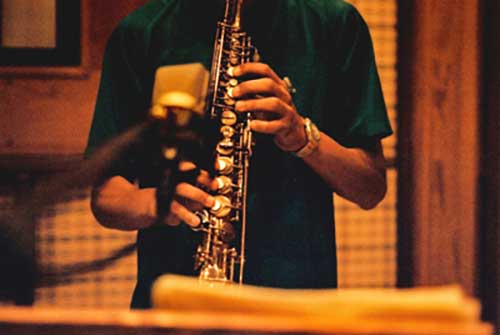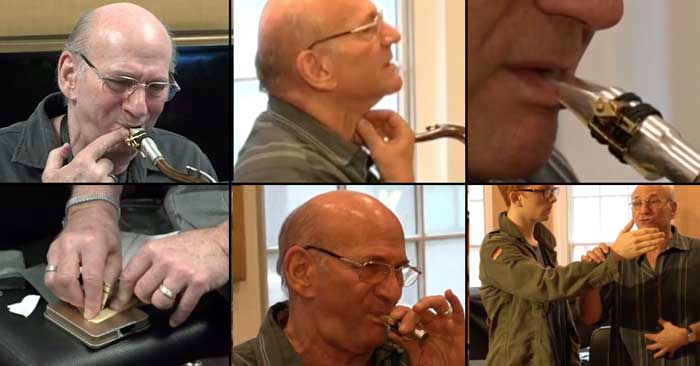6 Tips for Recording Woodwinds at Home
 My experience with recording various woodwinds at home during the pandemic was full of trial and error. Check out these 6 tips and tricks I learned to help your woodwind recordings sound more professional!
My experience with recording various woodwinds at home during the pandemic was full of trial and error. Check out these 6 tips and tricks I learned to help your woodwind recordings sound more professional!
1. Have a Couple of ‘Perfect’ Reeds
As always, make sure you have a few reeds that are perfectly worn-in, like your favorite pair of blue jeans. This step is arguably more important for recording than it is for live performances because recordings last forever! If you play the flute, double-check that your cork is in correct alignment.
2. Consider Different Types of Microphone
Weigh the pros and cons of the mics you could potentially record with. Personally, I record with either a condenser mic or a directional woodwind mic. You could also use a (vocal) dynamic mic in a pinch.
When buying a directional mic for each individual woodwind that you play, it can get expensive. Oftentimes, it is often well worth it. Say you have a directional, clip-on clarinet mic. That mic was specifically built to capture the range of the clarinet. Overall, these are your best bet.
I have also found that directional mics are also the best at accurately capturing articulations. That being said, the big ‘con’ to this mic is that your accented notes can cause peaks, super easily. This would be a good time to try a condenser mic. However, they seem to sound more floaty, and less punchy… which brings us to the next tip.
3.Try Blending Microphones
My most recent discovery when recording woodwinds is blending microphones. Here’s what has worked the best for me, out of all of the options:
Record your woodwind with both a condenser mic and directional mic, at the same time.
Doing this gives you the best of both worlds when it comes to getting both overtones, and articulations. This idea was suggested to me by guitarist Kevin Smith after I was explaining my woodwind recording conundrum to him – and man does it work well! Once the recording is done, pan each track just a little. This will give your listeners a higher-quality surround sound effect.
4. Adjust Your Mixer, and Sound-Check Three Times
One of the mistakes I always make is wanting to record right away. I don’t adjust my mixer or check my levels, I’m just excited to GO!
Take it from me: You need to do three sound checks before you get started. Check the following:
- Soft playing
- loud playing,
- legato / lyrical playing.
If your soundcheck is loud enough in the quiet and lyrical tests, and articulate without peaking in the loud sections, you are good to go.
5. Watch Your Headphone Cord
This may sound silly, but the game really changes when you have dangling cords and a transverse instrument, or a sax with a bell. If you arrange it incorrectly, it can actually flop around, and hit your stand or flute, causing unwanted noises! So, always make sure to put on and adjust your headphones before you pick up your instrument off the stand.
6. A “Grab Bag” of Tips for Recording Specific Woodwinds
Recording Clarinet
Record a clarinet’s sound above the tone holes in order to get the best quality of sound. If you place the mic too high, you run the risk of peaking and getting too much articulation and not enough of the sustained notes.
Recording Saxophone
Let’s dive into Simon Barker’s article, “Recording Saxophone at Home“. According to him, the closer you place the sax to your mic, the better the low frequencies are picked up. Most woodwinds start out being about a foot away from a condenser. But if you want to pick up on those sweet low tones, try getting a little bit closer.
Recording Flute
When recording the flute, increase the bass just a bit on your mixer. Be really careful when you are placing a directional head joint mic, as this can pick up on too much air blowing, as well as noisy breaths, and peak at hard articulations.
For recording on condenser mics, always make sure the microphone is high than the flute. This is a similar concept to placing the mic over the clarinet’s keys- It improves the overtones that are picked up.
In Conclusion…
Recording wind instruments at home is always full of challenges, but I hope these tips have helped make your recording process a little bit simpler!





